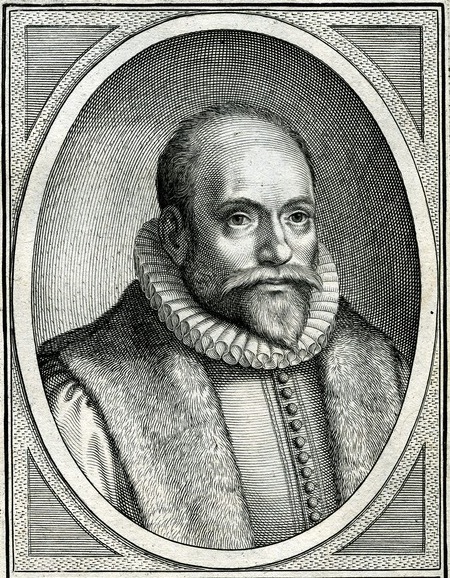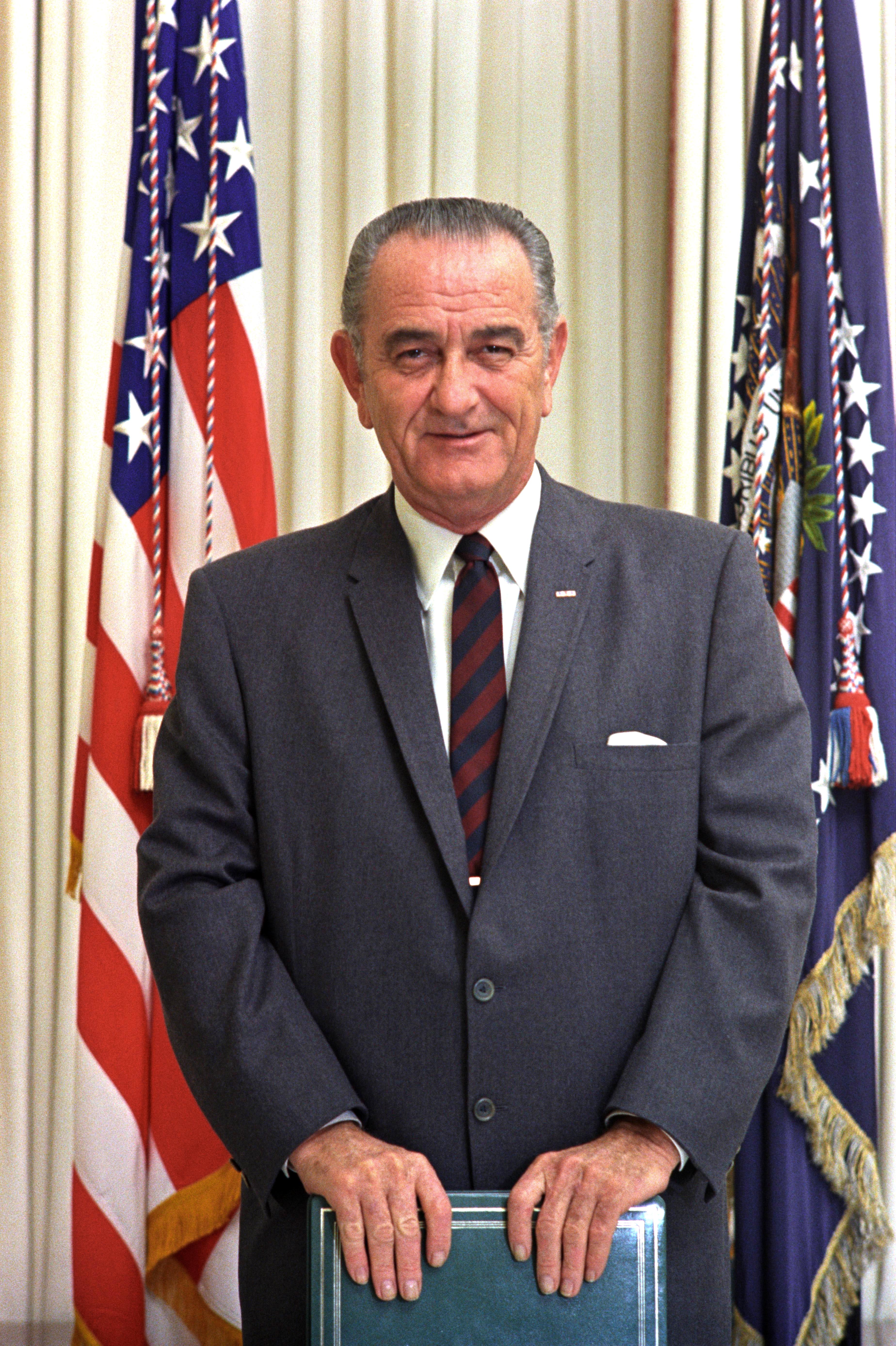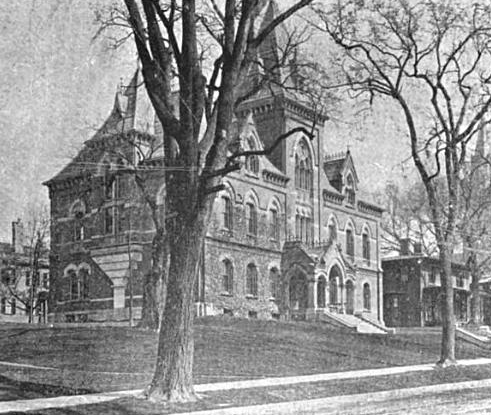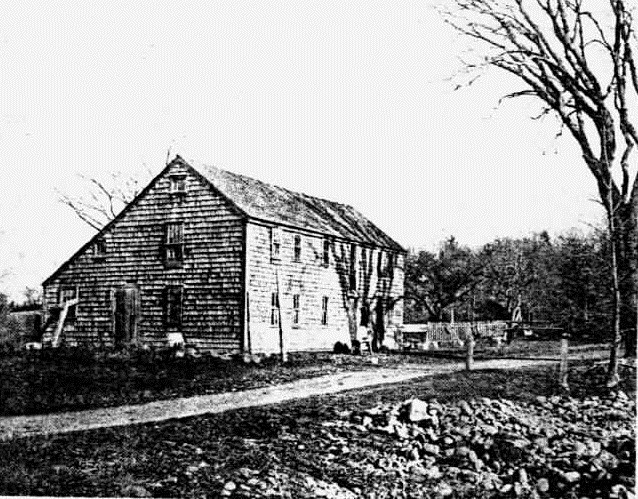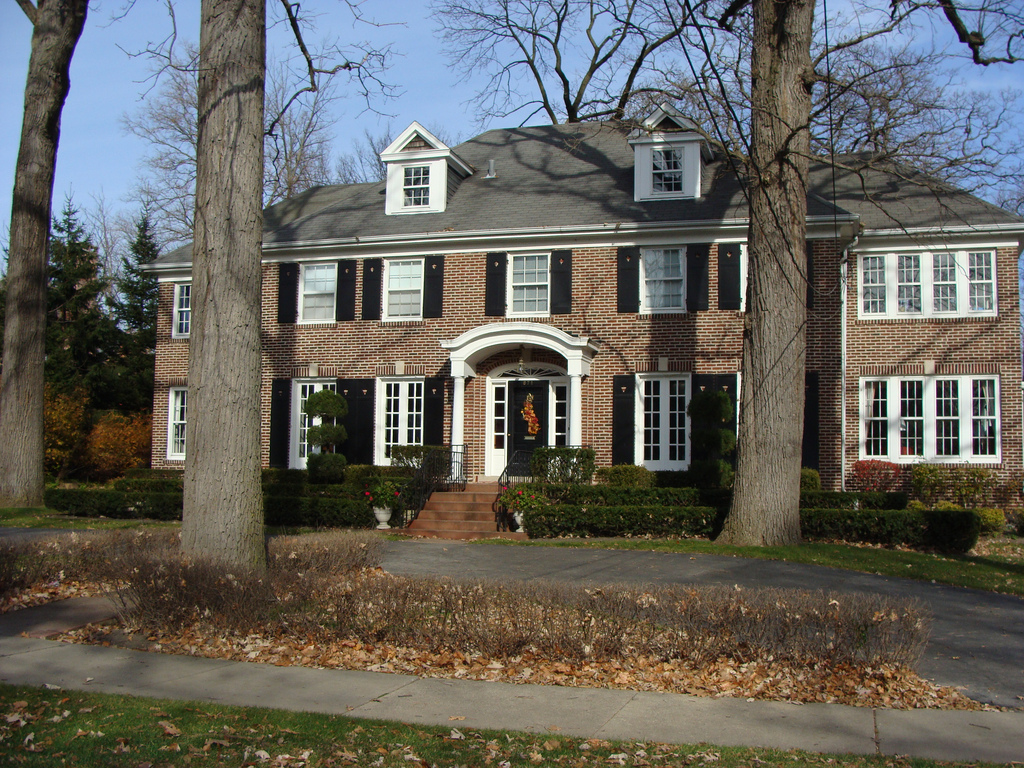|
Horace Jacobs Rice
Horace Jacobs Rice (September 25, 1882 – April 29, 1964) was an American attorney, legal instructor, and academic dean. Early life and education He was born in Salem, Massachusetts, to the Rev. Charles Francis Rice and Miriam Owen Jacobs. He was named for his maternal grandfather, Dr. Horace Jacobs. His siblings included lawyer, William Chauncey Rice and librarian, Paul North Rice. He attended Wesleyan University, where he was a member of the Eclectic Society, and earned a Bachelor of Science degree in 1905. He earned an LLB from Harvard University in 1908, and an LLD from Western New England College in 1955. Career He practiced law in Springfield, Massachusetts, from 1908 to 1959. During this time, he lived in Wilbraham, Massachusetts. He was the associate dean of the Northeastern University School of Law in charge of the Springfield division from 1918 to 1942, and the dean of the College of Western New England School of Law from 1951 to 1954, after its split from ... [...More Info...] [...Related Items...] OR: [Wikipedia] [Google] [Baidu] |
Salem, Massachusetts
Salem ( ) is a historic coastal city in Essex County, Massachusetts, located on the North Shore of Greater Boston. Continuous settlement by Europeans began in 1626 with English colonists. Salem would become one of the most significant seaports trading commodities in early American history. It is a suburb of Boston. Today Salem is a residential and tourist area that is home to the House of Seven Gables, Salem State University, Pioneer Village, the Salem Maritime National Historic Site, Salem Willows Park, and the Peabody Essex Museum. It features historic residential neighborhoods in the Federal Street District and the Charter Street Historic District.Peabody Essex announces $650 million campaign WickedLocal.com, November 14, 2011 [...More Info...] [...Related Items...] OR: [Wikipedia] [Google] [Baidu] |
University Of Chicago
The University of Chicago (UChicago, Chicago, U of C, or UChi) is a private university, private research university in Chicago, Illinois. Its main campus is located in Chicago's Hyde Park, Chicago, Hyde Park neighborhood. The University of Chicago is consistently ranked among the best universities in the world and it is among the most selective in the United States. The university is composed of College of the University of Chicago, an undergraduate college and five graduate research divisions, which contain all of the university's graduate programs and interdisciplinary committees. Chicago has eight professional schools: the University of Chicago Law School, Law School, the Booth School of Business, the Pritzker School of Medicine, the Crown Family School of Social Work, Policy, and Practice, the Harris School of Public Policy, the University of Chicago Divinity School, Divinity School, the Graham School of Continuing Liberal and Professional Studies, and the Pritzker School of ... [...More Info...] [...Related Items...] OR: [Wikipedia] [Google] [Baidu] |
Wesleyan University Alumni
Wesleyan theology, otherwise known as Wesleyan–Arminian theology, or Methodist theology, is a theological tradition in Protestant Christianity based upon the ministry of the 18th-century evangelical reformer brothers John Wesley and Charles Wesley. More broadly it refers to the theological system inferred from the various sermons (e.g. the Forty-four Sermons), theological treatises, letters, journals, diaries, hymns, and other spiritual writings of the Wesleys and their contemporary coadjutors such as John William Fletcher. In 1736, the Wesley brothers travelled to the Georgia colony in America as Christian missionaries; they left rather disheartened at what they saw. Both of them subsequently had "religious experiences", especially John in 1738, being greatly influenced by the Moravian Christians. They began to organize a renewal movement within the Church of England to focus on personal faith and holiness. John Wesley took Protestant churches to task over the nature of sa ... [...More Info...] [...Related Items...] OR: [Wikipedia] [Google] [Baidu] |
1964 Deaths
Events January * January 1 – The Federation of Rhodesia and Nyasaland is dissolved. * January 5 - In the first meeting between leaders of the Roman Catholic and Orthodox churches since the fifteenth century, Pope Paul VI and Patriarch Athenagoras I of Constantinople meet in Jerusalem. * January 6 – A British firm, the Leyland Motor Corp., announces the sale of 450 buses to the Cuban government, challenging the United States blockade of Cuba. * January 9 – '' Martyrs' Day'': Armed clashes between United States troops and Panamanian civilians in the Panama Canal Zone precipitate a major international crisis, resulting in the deaths of 21 Panamanians and 4 U.S. soldiers. * January 11 – United States Surgeon General Luther Terry reports that smoking may be hazardous to one's health (the first such statement from the U.S. government). * January 12 ** Zanzibar Revolution: The predominantly Arab government of Zanzibar is overthrown by African nationalist rebels ... [...More Info...] [...Related Items...] OR: [Wikipedia] [Google] [Baidu] |
Northeastern University Faculty
The points of the compass are a set of horizontal, radially arrayed compass directions (or azimuths) used in navigation and cartography. A compass rose is primarily composed of four cardinal directions— north, east, south, and west—each separated by 90 degrees, and secondarily divided by four ordinal (intercardinal) directions—northeast, southeast, southwest, and northwest—each located halfway between two cardinal directions. Some disciplines such as meteorology and navigation further divide the compass with additional azimuths. Within European tradition, a fully defined compass has 32 'points' (and any finer subdivisions are described in fractions of points). Compass points are valuable in that they allow a user to refer to a specific azimuth in a colloquial fashion, without having to compute or remember degrees. Designations The names of the compass point directions follow these rules: 8-wind compass rose * The four cardinal directions are north (N), eas ... [...More Info...] [...Related Items...] OR: [Wikipedia] [Google] [Baidu] |
1882 Births
Year 188 (CLXXXVIII) was a leap year starting on Monday of the Julian calendar. At the time, it was known in the Roman Empire as the Year of the Consulship of Fuscianus and Silanus (or, less frequently, year 941 ''Ab urbe condita''). The denomination 188 for this year has been used since the early medieval period, when the Anno Domini calendar era became the prevalent method in Europe for naming years. Events By place Roman Empire * Publius Helvius Pertinax becomes pro-consul of Africa from 188 to 189. Japan * Queen Himiko (or Shingi Waō) begins her reign in Japan (until 248). Births * April 4 – Caracalla (or Antoninus), Roman emperor (d. 217) * Lu Ji (or Gongji), Chinese official and politician (d. 219) * Sun Shao, Chinese general of the Eastern Wu state (d. 241) Deaths * March 17 – Julian, pope and patriarch of Alexandria * Fa Zhen (or Gaoqing), Chinese scholar (b. AD 100) * Lucius Antistius Burrus, Roman politician (executed) * Ma X ... [...More Info...] [...Related Items...] OR: [Wikipedia] [Google] [Baidu] |
William Rice (1788)
William Rice (March 13, 1788 – February 11, 1863) was a Massachusetts businessman and public servant, a member of the Massachusetts House of Representatives and a Registrar of deeds and Treasurer for Hampden County, Massachusetts. Early life William was born in Belchertown, Massachusetts to Nathan Rice (1760-1838) and Hepzibah Allen (1763-1854). His father, Nathan Rice was born in Sudbury, Massachusetts, the son of John and Thankful Rice. He was a Revolutionary War veteran and a descendant of Edmund Rice. Hepzibah was the daughter of Edmund Allen and Elizabeth Woodward, and a cousin of Ethan Allen. She witnessed the Battle of Concord from her home. In the end of their lives, Nathan and Hepzibah lived in Springfield, Massachusetts. William Rice was raised in Wilbraham, Massachusetts, but spent some time working as a carpenter in New York. He moved to Springfield, Massachusetts in 1818, where he remained for the rest of his life. Career William was originally involved in the ... [...More Info...] [...Related Items...] OR: [Wikipedia] [Google] [Baidu] |
William Rice (Methodist Minister)
William Rice (1821–1897) was a Methodist Episcopal minister, author, and from 1861 to his death in 1897, the President and Executive Director of the Springfield City Library Association. He was an important public figure in nineteenth-century Springfield, Massachusetts. Early life and education He was born March 10, 1821, in Springfield, Massachusetts, to William Rice and Jerusha Warriner. William Rice Sr. was a respected businessman and public servant who began a long tradition of Methodism in the Rice family. He was a descendant of Edmund Rice, an early settler in Massachusetts. Jerusha Warriner was the daughter of David Warriner and was descended from William Warriner, a founder of Springfield. William Rice II studied in the Springfield public schools and at Wilbraham Wesleyan Academy, graduating in 1840. He was a vocal abolitionist beginning early in his life. He had organized an Anti-Slavery Society while a student at Wesleyan Academy, and had been disciplined. He r ... [...More Info...] [...Related Items...] OR: [Wikipedia] [Google] [Baidu] |
Massachusetts Bay Colony
The Massachusetts Bay Colony (1630–1691), more formally the Colony of Massachusetts Bay, was an English settlement on the east coast of North America around the Massachusetts Bay, the northernmost of the several colonies later reorganized as the ''Province of Massachusetts Bay''. The lands of the settlement were in southern New England, with initial settlements on two natural harbors and surrounding land about apart—the areas around Salem, Massachusetts, Salem and Boston, Massachusetts, Boston, north of the previously established Plymouth Colony. The territory nominally administered by the Massachusetts Bay Colony covered much of central New England, including portions of Massachusetts, Maine, New Hampshire, and Connecticut. The Massachusetts Bay Colony was founded by the owners of the Massachusetts Bay Company, including investors in the failed Dorchester Company, which had established a short-lived settlement on Cape Ann in 1623. The colony began in 1628 and was the company ... [...More Info...] [...Related Items...] OR: [Wikipedia] [Google] [Baidu] |
Edmund Rice (1638)
Edmund Rice (c. 1594 – 3 May 1663), was an early immigrant to Massachusetts Bay Colony born in Suffolk, England. He lived in Stanstead, Suffolk and Berkhamsted, Hertfordshire before sailing with his family to America. He landed in the Colony in summer or fall of 1638, thought to be first living in the town of Watertown, Massachusetts. Shortly thereafter he was a founder of Sudbury in 1638, and later in life was one of the thirteen petitioners for the founding of Marlborough in 1656. He was a deacon in the Puritan Church, and served in town politics as a selectman and judge. He also served five years as a member of the Great and General Court, the combined colonial legislature and judicial court of Massachusetts. Biography Edmund Rice's rough birth date of 1594 is reckoned from a 3 April 1656 court deposition in Massachusetts in which he stated that he was 62 years old. His likely birthplace, somewhere in Suffolk in East Anglia, is found through the town of his marr ... [...More Info...] [...Related Items...] OR: [Wikipedia] [Google] [Baidu] |
Springfield Cemetery (Springfield, Massachusetts)
Springfield Cemetery is located in the Connecticut River Valley city of Springfield, Massachusetts. The cemetery opened in 1841 and was planned on the model of a rural cemetery. With the relocation of remains from the city's earliest burying ground, the cemetery became the final resting place for many of Springfield's 17th and 18th century pioneer settlers. History The Springfield Cemetery was designed in the landscaped tradition of the rural cemetery, evoking a pastoral, garden environment in an urban setting. The cemetery is located on a plot of land once owned by Martha Ferre and known as ‘Martha’s Dingle’. A dingle is a small wooded valley, a dell. The land was purchased from Alexander Bliss on May 28, 1841 for the purpose of establishing the cemetery. The first burial occurred on September 6, 1841, Early in its history the cemetery was also known as ‘Peabody Cemetery’, in recognizer of one of its founders, Rev. William Peabody, a local Unitarian minister. In 18 ... [...More Info...] [...Related Items...] OR: [Wikipedia] [Google] [Baidu] |
Winnetka, IL
Winnetka () is a village in Cook County, Illinois, United States, located north of downtown Chicago. The population was 12,316 as of 2019. The village is one of the wealthiest places in the nation in terms of household income. It was the second-ranked Illinois community on Bloomberg's 2019 Richest Places Annual Index. In 2020, 24/7 Wall St ranked Winnetka as the second-best small town to live in in the United States. History The first houses were built in 1836. That year, Erastus Patterson and his family arrived from Vermont and opened a tavern to service passengers on the Green Bay Trail post road. The village was first subdivided in 1854 by Charles Peck and Walter S. Gurnee, President of the Chicago, Milwaukee & St. Paul Railroad. Winnetka's first private school was opened in 1856 by Mr. and Mrs. Charles Peck with seventeen pupils. In 1859, the first public school building was built with private funds at the southeast corner of Elm and Maple streets. The first year's budget f ... [...More Info...] [...Related Items...] OR: [Wikipedia] [Google] [Baidu] |


